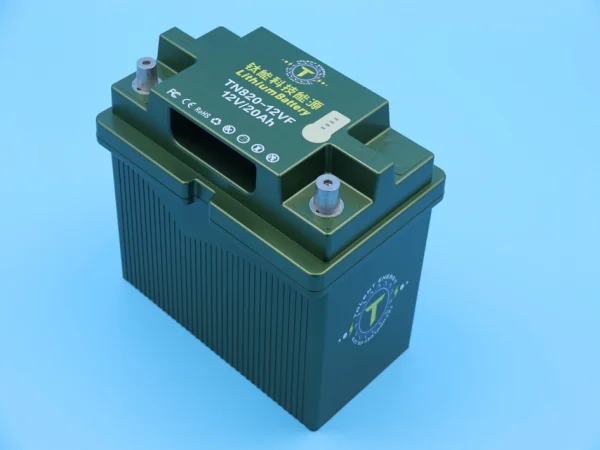The working principle of a lead-acid battery involves positive and negative electrode reactions. The positive electrode reaction is: PbO2 + 4H+ + SO42- + 2e- = PbSO4 + 2H2O, and the negative electrode reaction is: Pb + SO42--2e- = PbSO4.

The overall battery discharge reaction is: PbO2 + 2H2SO4 + Pb = 2PbSO4 + 2H2O. Lead dioxide and lead react with dilute sulfuric acid to form lead sulfate and water, and the charging process is the reverse reaction.
The liquid added to the lead-acid battery is the legendary H2SO4, or dilute sulfuric acid. The battery is only filled with sulfuric acid when it is activated, and afterward, only pure water needs to be added. The main advantages of using a lead-acid battery with sulfuric acid solution are stable voltage and low cost; however, its disadvantages include low energy density, short service life, and frequent daily maintenance.
The lifespan of the old-fashioned ordinary battery is generally about 2 years, and it requires regular checks on the level of the electrolyte and the addition of distilled water. However, with technological advancements, the lifespan of lead-acid batteries has become longer, and their maintenance has become simpler.
The method of adding water to a lead-acid battery:
Materials needed: distilled water, concentrated sulfuric acid, rubber safety valves, lead-acid batteries, pipettes, etc.
1. Prepare the electrolyte by mixing distilled water and concentrated sulfuric acid in a ratio of 500 ml of distilled water to 0.5 ml of concentrated sulfuric acid. Prepare standard rubber safety valves as needed.
2. Use a flat-head screwdriver to pry open the cover plate on top of the lead-acid battery along the vent holes. Some lead-acid battery cover plates are glued with ABS adhesive, while others are connected with buckles. Be careful not to damage the cover plate when removing it. You will then see the rubber caps of the 6 safety valves.
3. Remove the rubber caps to expose the vent holes, through which you can see inside the lead-acid battery. Some batteries have safety valves that can be unscrewed, and there may be some padding around the rubber caps of other batteries; make sure to remove the padding.
4. Use a pipette to suck up the prepared electrolyte and inject it into the battery through the vent hole. The electrolyte should just cover the plates by 1mm.
5. Cover the vent holes of the filled lead-acid battery with breathable covers to prevent dust from entering the vent holes. Let it sit for 24 hours, and check if there is any flowing electrolyte inside the vent hole. If not, add more electrolyte.